I’d like to have a few words with whoever invented the Tooth Fairy.
Seriously.
Let’s start a tradition where a child places a teeny, tiny tooth under their pillow and parents have to retrieve it in the middle of the night without waking the child.
This is madness.
The night after Jo lost her first tooth she caught me frantically scrabbling around under her pillow in the dark, looking for a tooth the size of an apple seed.
She (naturally) asked me what the heck I was doing.
“Ummmmm. . . nothing. Just checking to see if the tooth fairy came yet. I. . . ummmmm. . . couldn’t wait until morning.”
Which she bought, but only because it was her first tooth and she was six years old.
After that somebody gave her a tiny little tooth fairy box that hung from her bedpost. It was just the right size for holding a tooth, but the money still had to go under the pillow.
I kept thinking about making a tooth fairy pillow that would hold tooth and money, but I couldn’t figure out exactly what I wanted to do. By now she’s lost all of her baby teeth, but as soon as I saw this cute new fabric I knew right away that it would make a perfect tooth fairy pillow.
Luckily, you all give me an excuse a reason to keep designing things that Jo outgrew years ago. 🙂
The pocket is big enough for grown-up fingers to reach in and find a tiny tooth. It’ll hold paper money or fun coins (Jo got a dollar coin for every tooth). And being snug up against a plump pillow means teeth and coins won’t just fall out.
The pillow is also big enough that it won’t get lost in the mountain of stuffed animals that help our kids hide those lost teeth. 🙂
If you have an especially light sleeper, you can add that ribbon loop so you can hang the pillow from a bedpost or door handle. It’s easy and the pattern has instructions.
The best part of the project is that you can position the tiny pocket anywhere on the pillow you like. Make sure not to cover up your favorite bit! I especially like this little block showing how many teeth dogs and cats have. (Sorry – this fabric is discontinued now.)
Jo would have latched right on to fun facts like this! She also would have liked the grossness of the picture of tooth decay. 🙂
Ready to make your own?
Download the free tooth fairy pillow pattern here.
And I’d love to hear some tooth fairy stories from others! Surely (hopefully) I wasn’t the only abject failure out there?
Happy stitching!











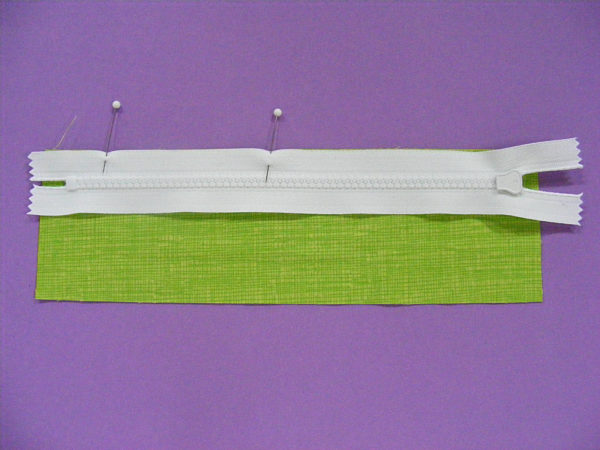
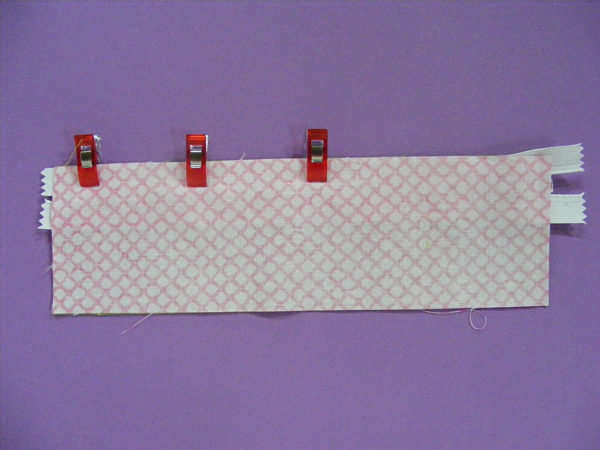
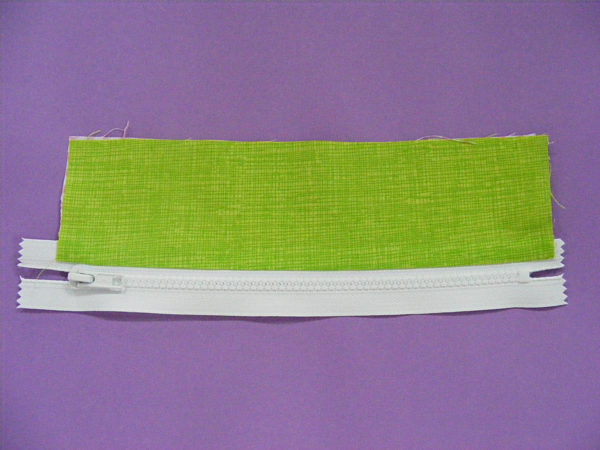
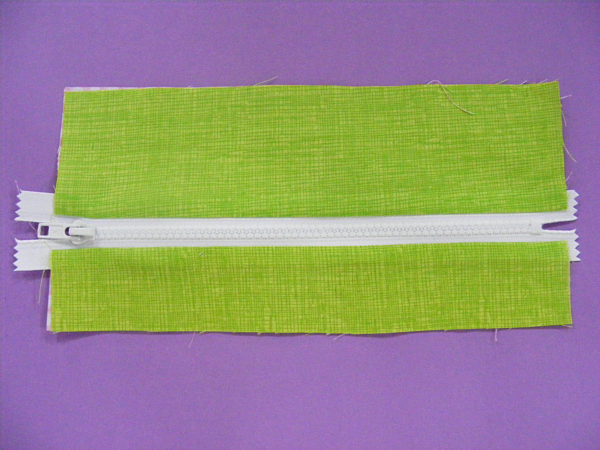
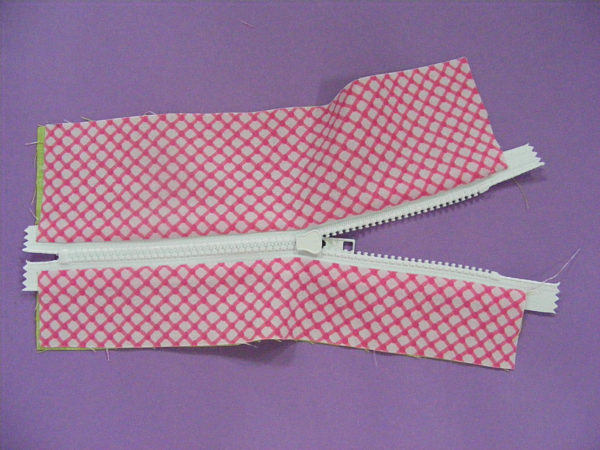
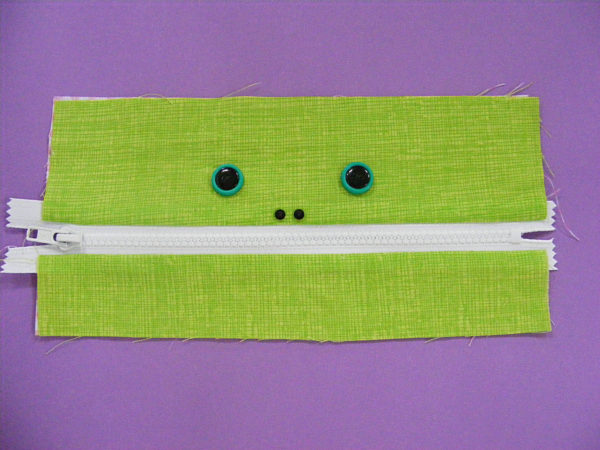
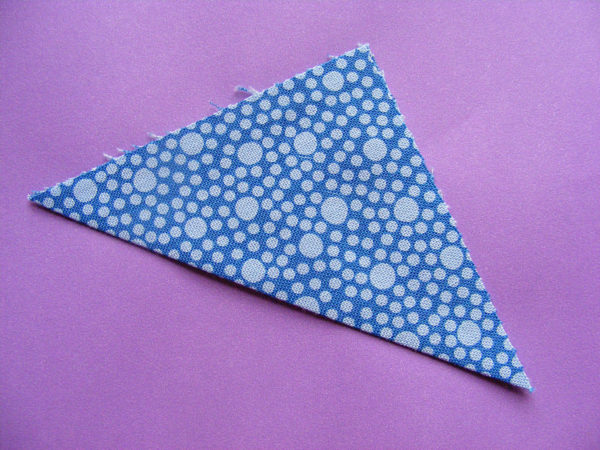
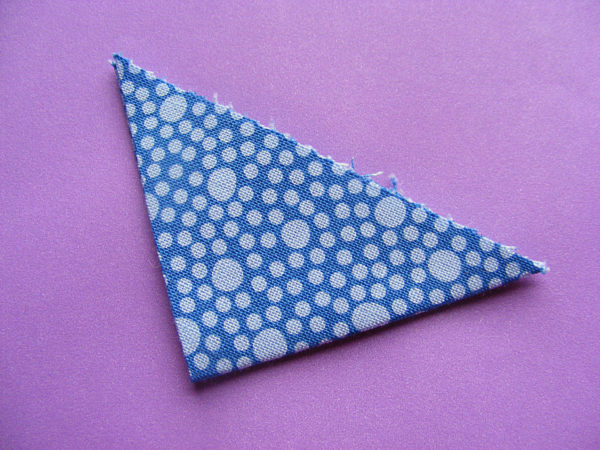
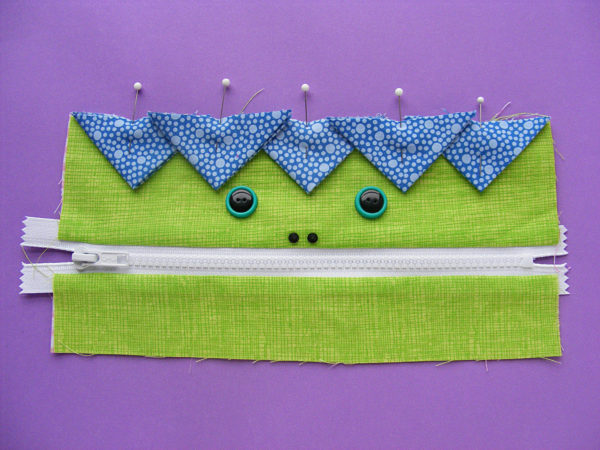
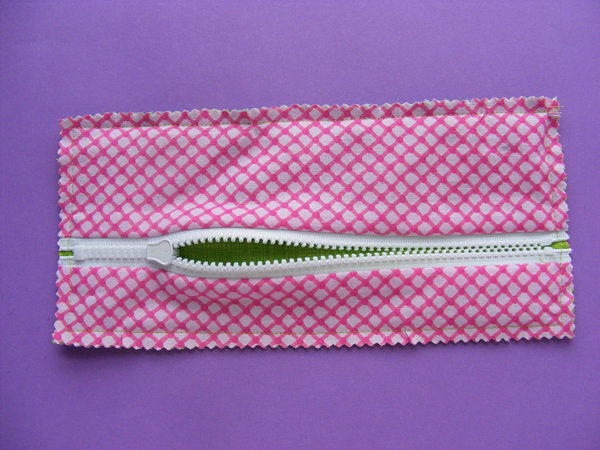
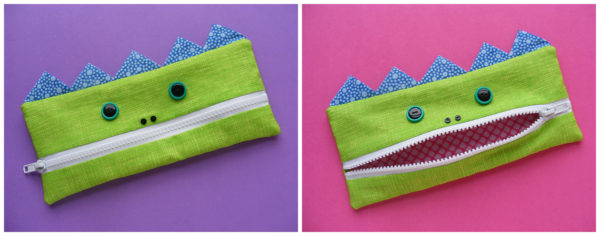
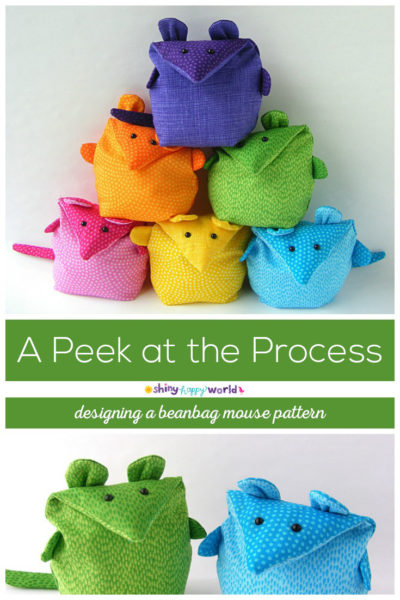



 I’m picky about eyes – I’ve written about my obsession with eye placement
I’m picky about eyes – I’ve written about my obsession with eye placement 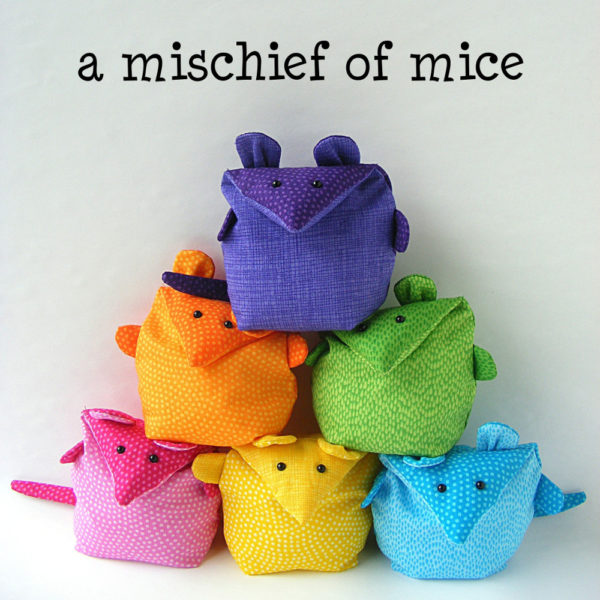
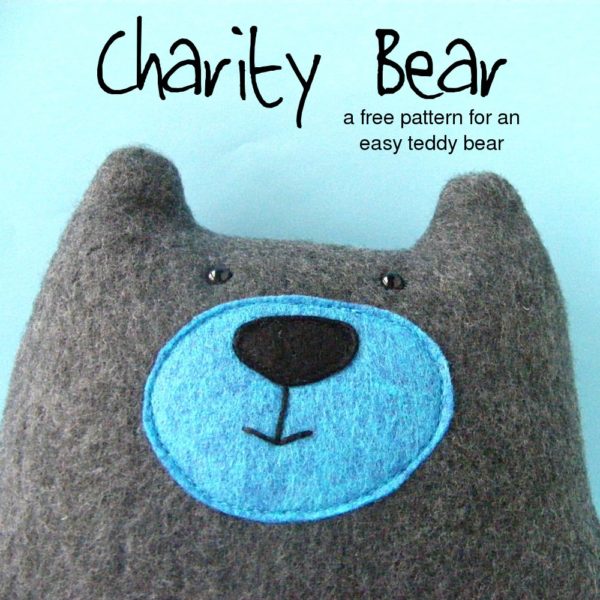
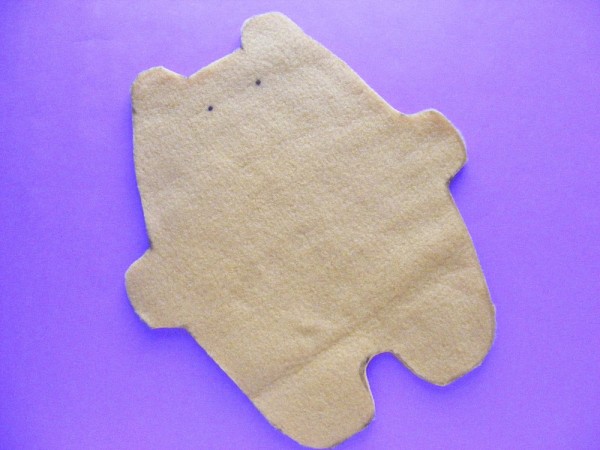
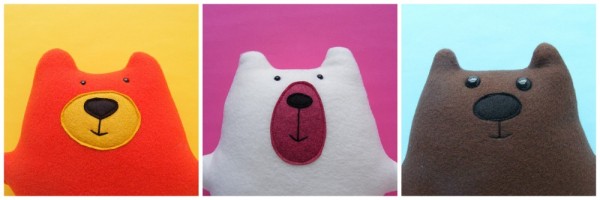

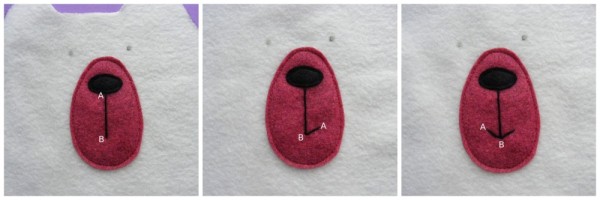
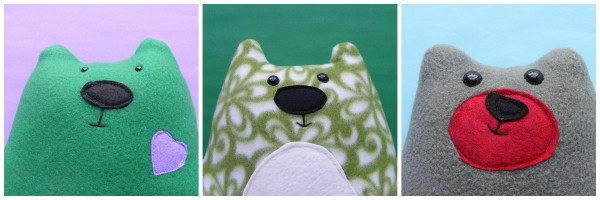

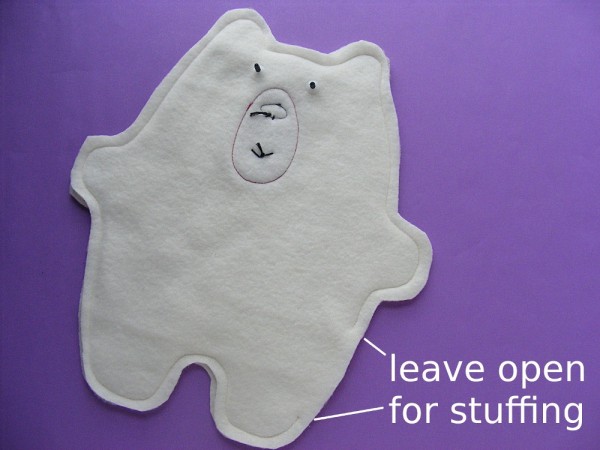
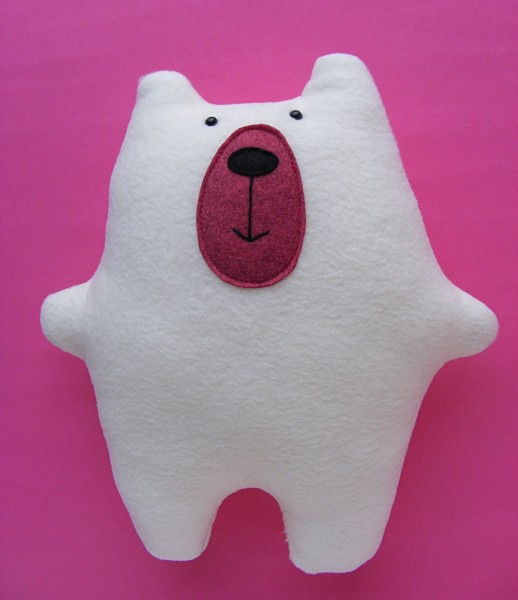
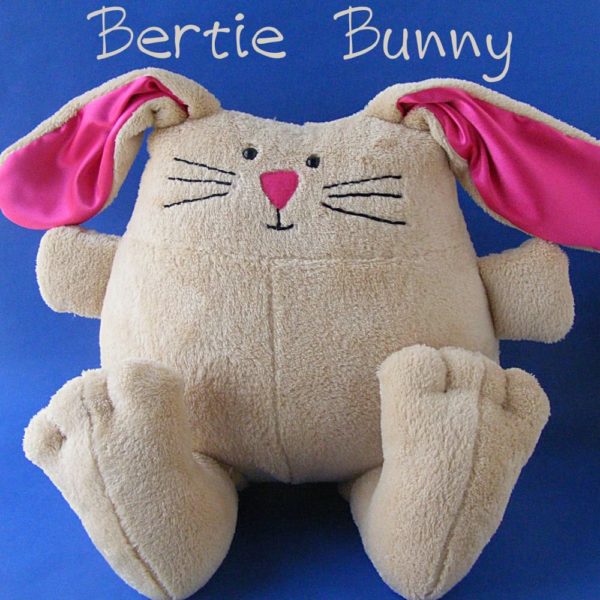
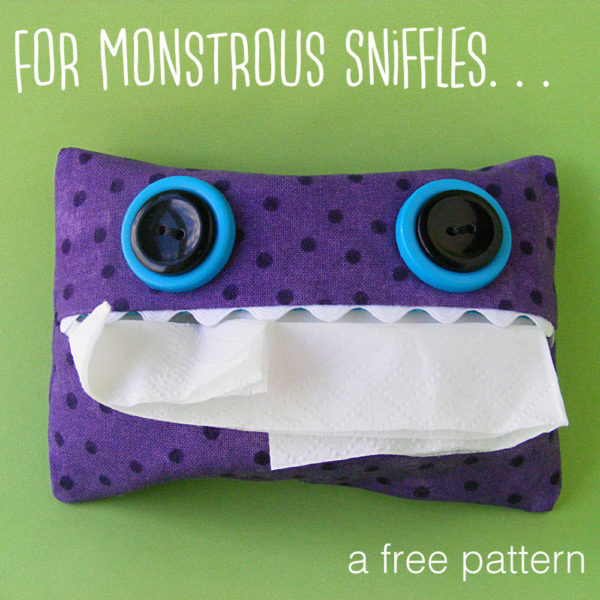

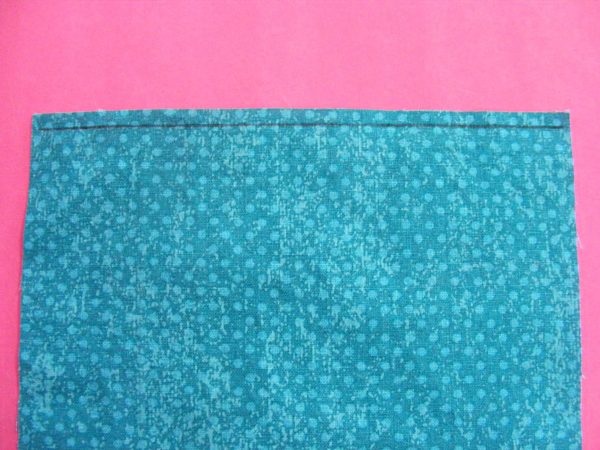
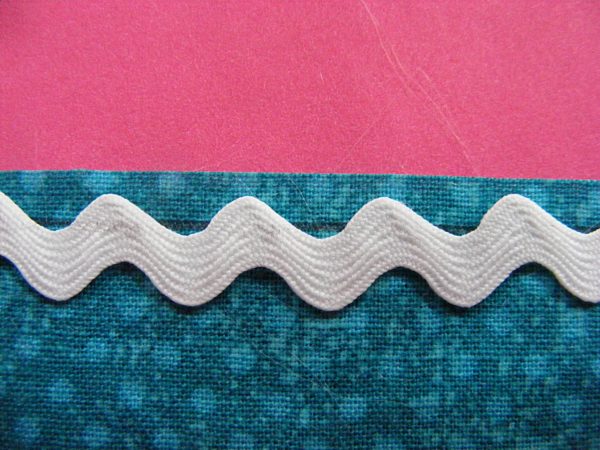
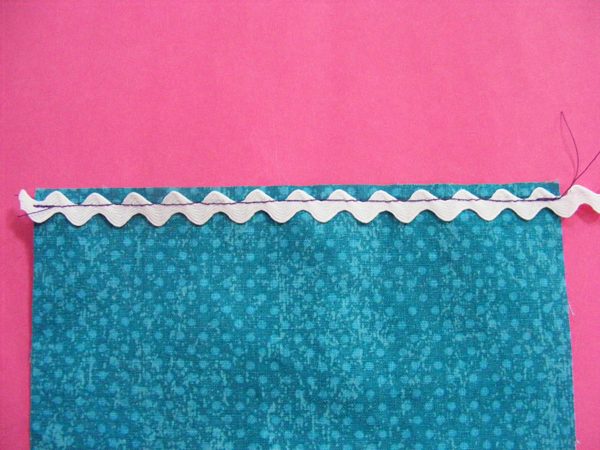
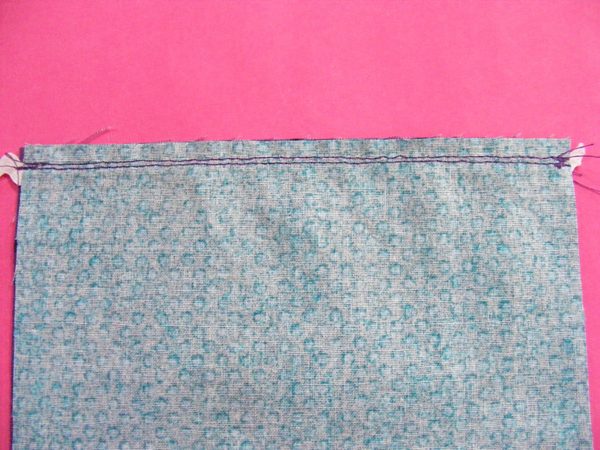
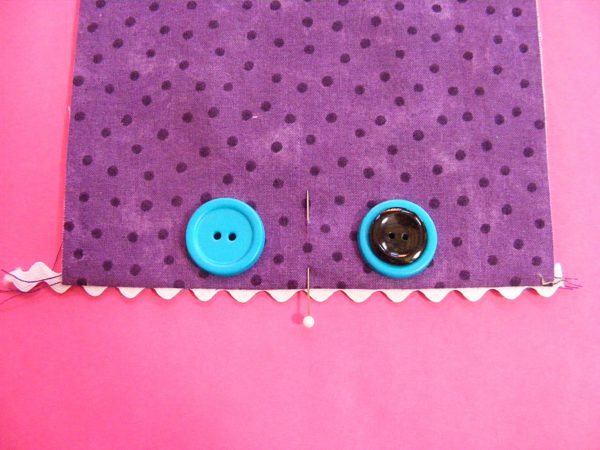
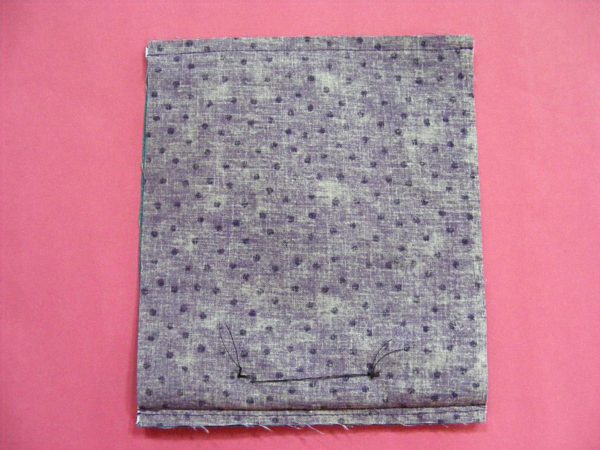
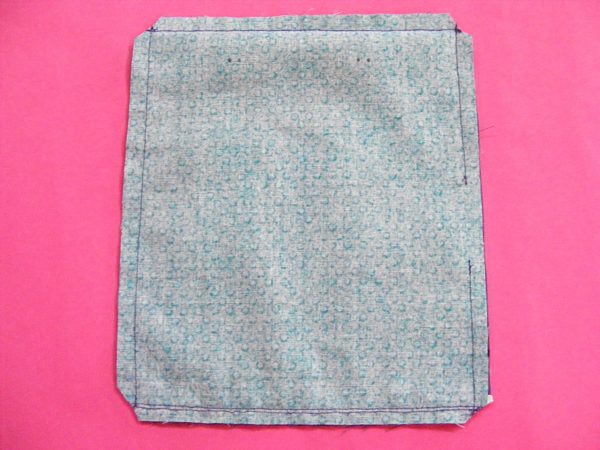
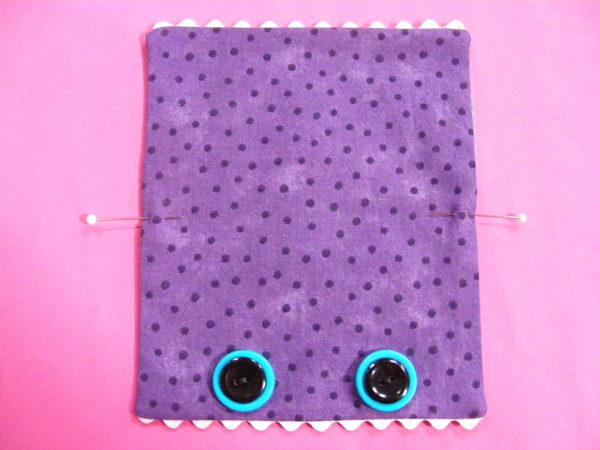
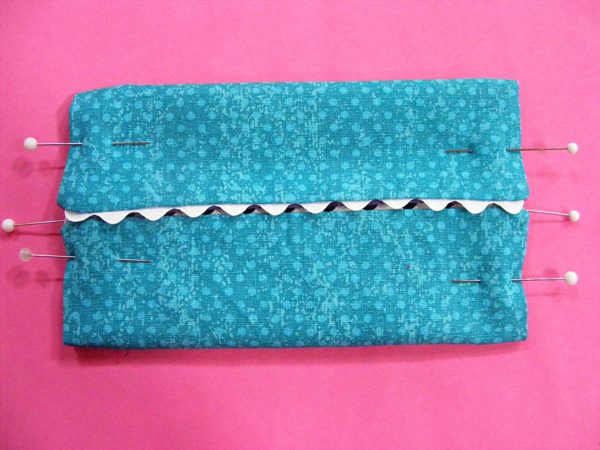
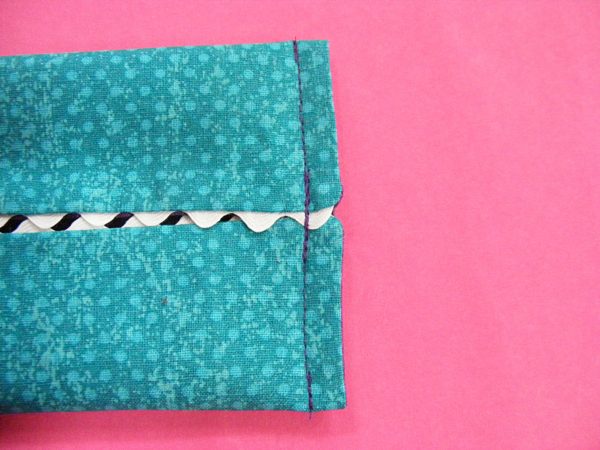
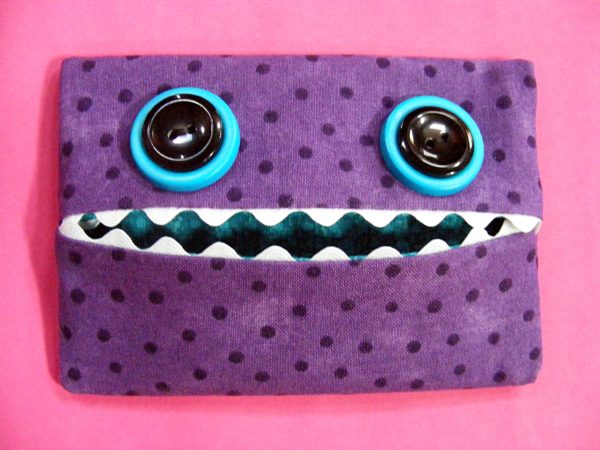
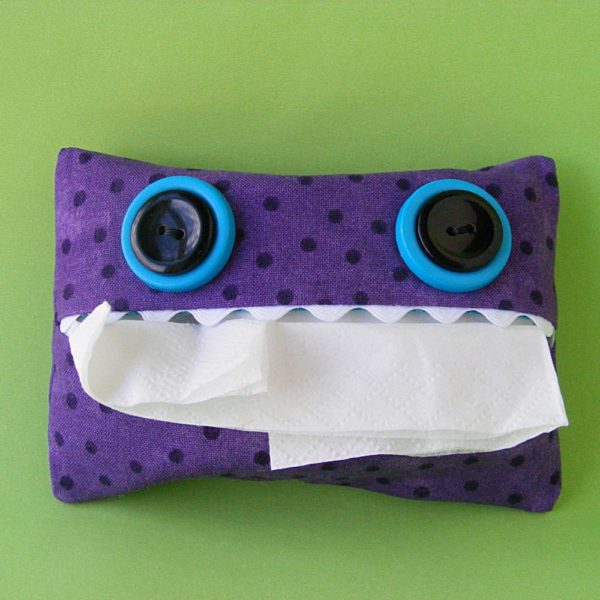
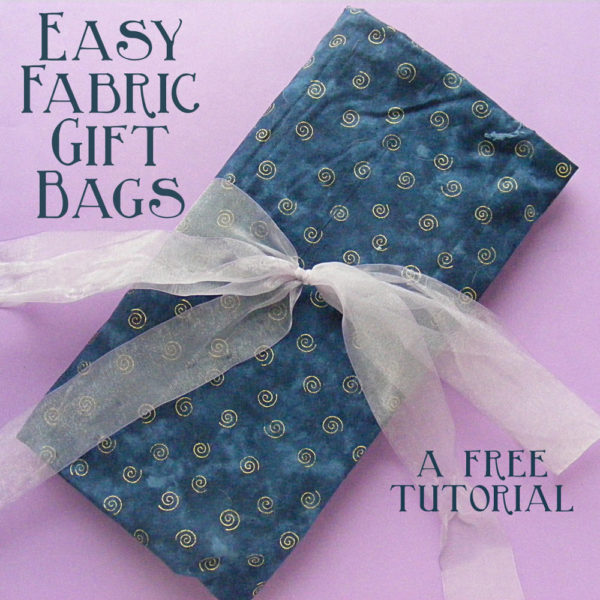



 Done!
Done!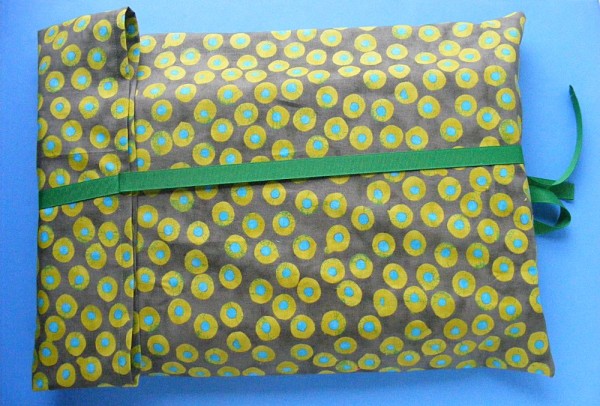

















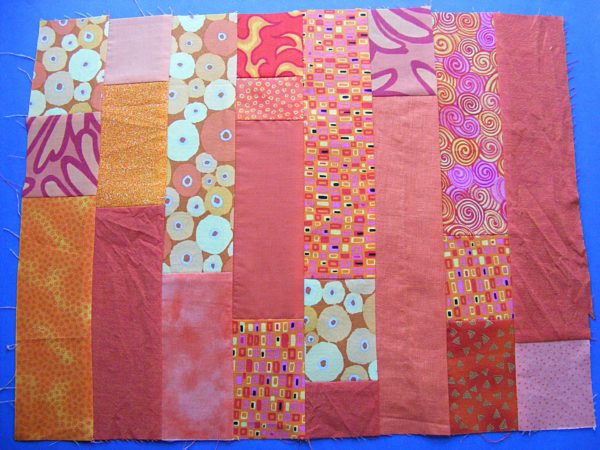
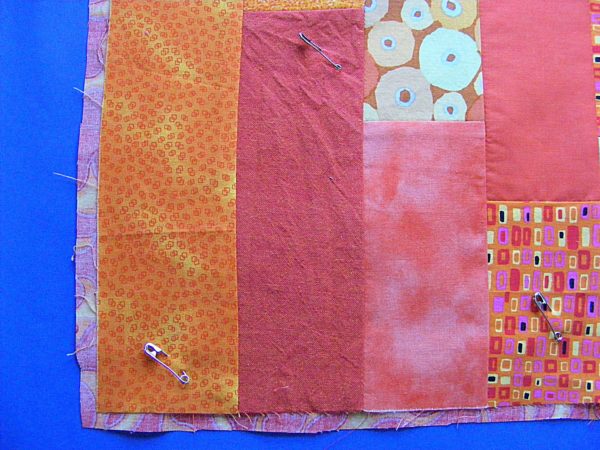
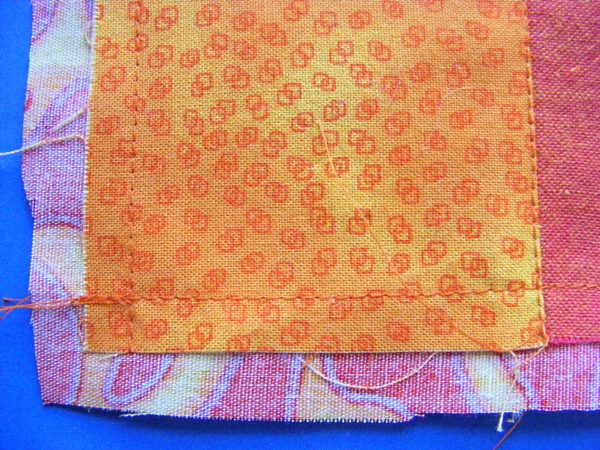
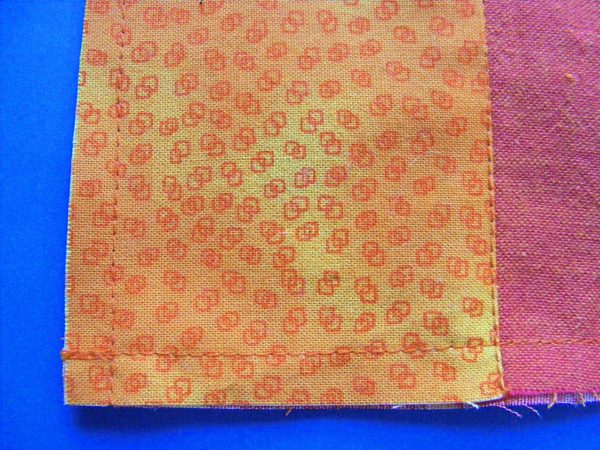
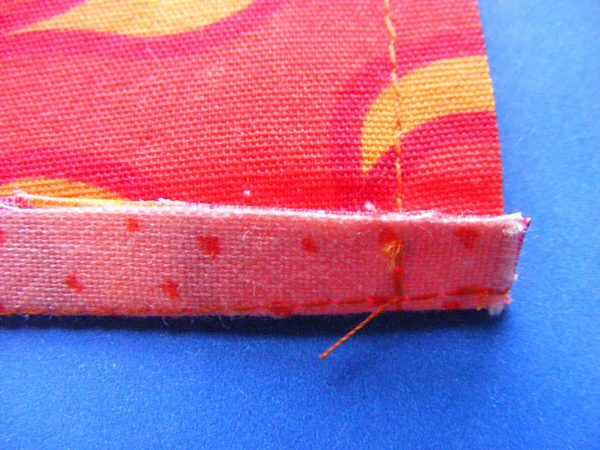
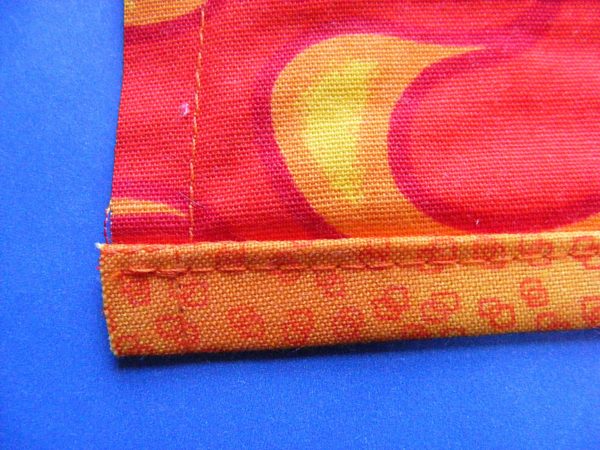
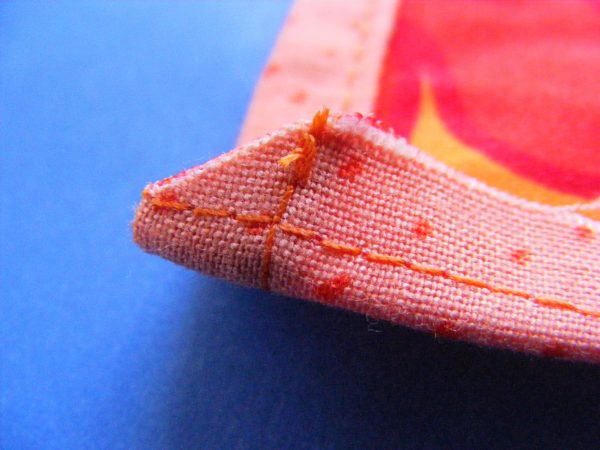
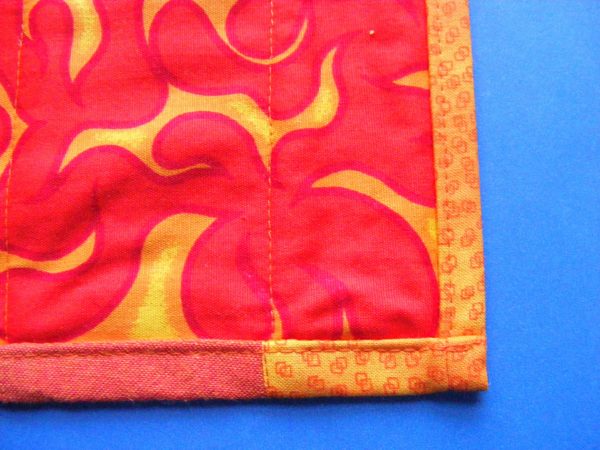
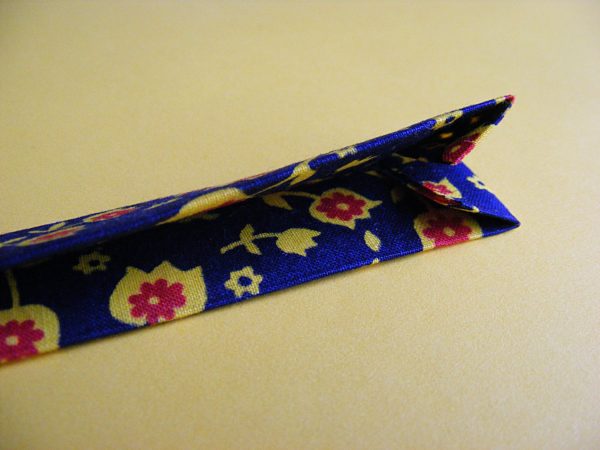
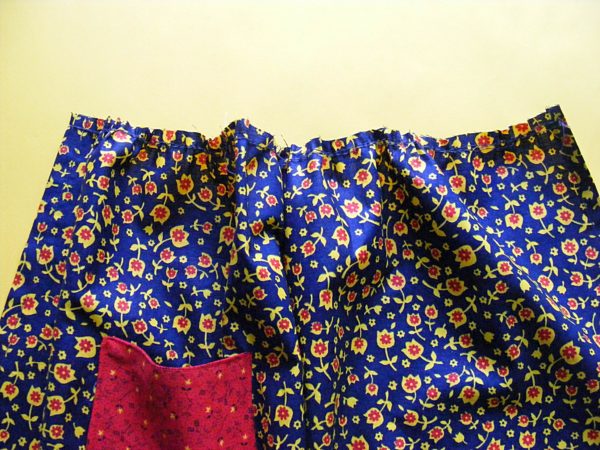
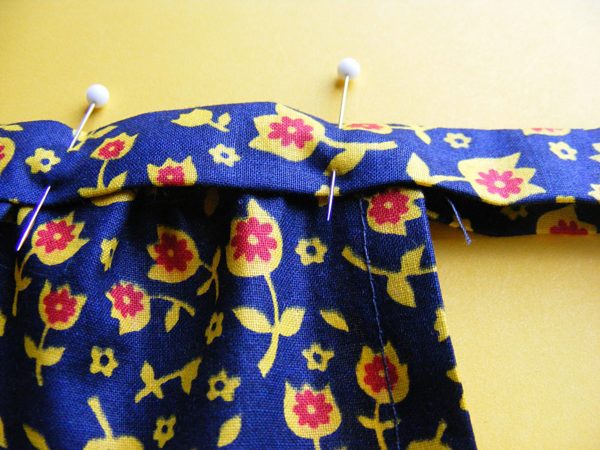
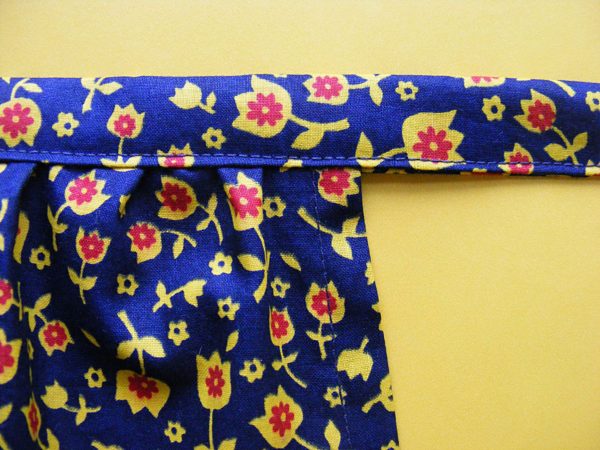
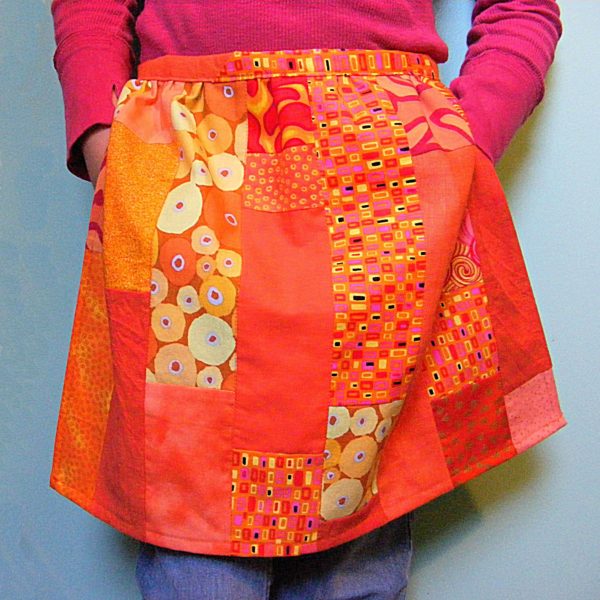
 It’s one of my favorite posts every month – sharing what people are making with Shiny Happy World patterns! I love getting your photos!
It’s one of my favorite posts every month – sharing what people are making with Shiny Happy World patterns! I love getting your photos!





